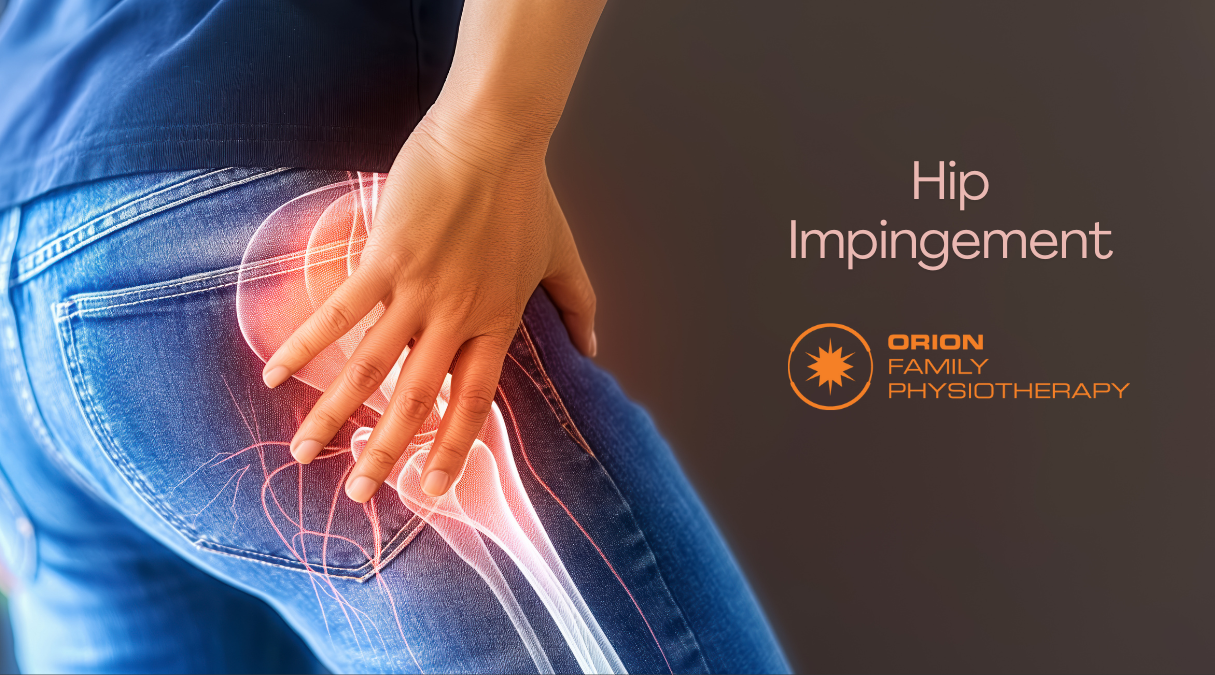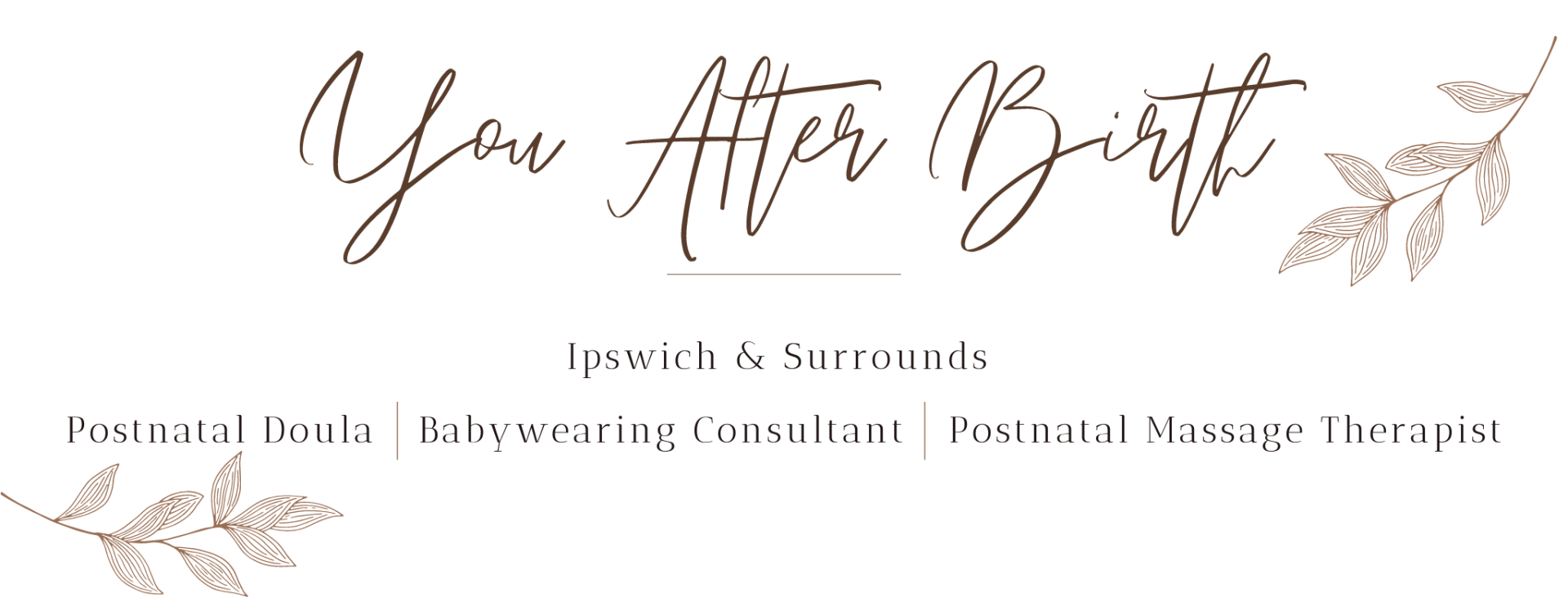We Look forward to Helping YOU!
Can Poor Balance Lead To Ankle Sprains?

Ankle sprains are one of the most common sporting injuries and most people have experienced one at least once in their lifetime. While they are common, this doesn’t lessen their negative impacts. Surprisingly, having poor balance might be increasing your risk of ankle sprains. Here we discuss a few facts about balance and what you can do to reduce your risk of ankle injuries.

Why are ankles particularly vulnerable to injuries related to poor balance?
Our ankles have to support our entire body weight when standing on one foot. To provide us with agility as well as stability, our ankles have the ability to move from side to side as well as back and forwards. There is a complicated process constantly operating to keep your foot in the correct position while supporting all this weight, particularly with quick changes of direction, activities done on tiptoes, jumping and landing.
If the ankle rolls excessively inwards or outwards, the ligaments on the outside of the ankle can be damaged and torn. Balance is an important part of keeping the ankle in the correct alignment and not twisting too far to either side during challenging activities.
A study of high school basketball players by Timothy McGuine et al. in 2010 showed that students with poor balance were up to seven times more likely to sprain their ankle than students with good balance. Other studies have shown that balance training is an effective way of preventing falls in elderly populations.
Balance can vary from one leg to the other.
Most of us tend to favour one side of our body for all activities. This is more obvious in the upper body, with most of us identifying as either left or right handed. The same is also true for our lower body, with each of us favouring one leg over the other for balance activities. This can mean that one leg has better balance and strength than the other, leaving the other leg more vulnerable to injury.
Reduced balance can mean your body has to work harder to perform activities, with muscles activating in a less coordinated way. Improving your balance can also improve your body’s efficiency of movement, which can, in turn, improve your overalls performance without actually improving your muscle strength.
Balance can be trained rapidly.
Balance is one of the most overlooked dimensions of physical health however, the good news is that it can be improved relatively quickly. Do a quick check to see if you can stand on each leg for two minutes with your eyes closed. If this is difficult you might find that improving your balance is a great next step in your training program.
Your physiotherapist is able to identify any deficits in your balance is and is able to develop a training program for you to improve your balance. Come and see us for an appointment to see how we can help. None of the information in this article is a replacement for proper medical advice. Always see a medical professional for advice on your individual injury.







Slide title
Write your caption hereButton
Slide title
Write your caption hereButton-

Slide title
Write your caption hereButton -

Slide title
Write your caption hereButton -

Slide title
Write your caption hereButton -
Slide title
Write your caption hereButton -
 Write your caption hereButton
Write your caption hereButton -

Slide title
Write your caption hereButton -

Slide title
Write your caption hereButton -

Slide title
Write your caption hereButton -

Slide title
Write your caption hereButton -

-

-

Slide title
Write your caption hereButton -

Slide title
Write your caption hereButton -

Slide title
Write your caption hereButton -

Slide title
Write your caption hereButton 
Slide title
Write your caption hereButton-

Slide title
Write your caption hereButton -

Slide title
Write your caption hereButton -

Slide title
Write your caption hereButton -

Slide title
Write your caption hereButton -

Slide title
Write your caption hereButton -
 Button
Button
-

Slide title
Write your caption hereButton -

Slide title
Write your caption hereButton -

Slide title
Write your caption hereButton -

Slide title
Write your caption hereButton -

Slide title
Write your caption hereButton -
Slide title
Write your caption hereButton -

Slide title
Write your caption hereButton -

Slide title
Write your caption hereButton -

Slide title
Write your caption hereButton -

Slide title
Write your caption hereButton -

Slide title
Write your caption hereButton -

Slide title
Write your caption hereButton
Opening Hours
- Monday
- -
- Tuesday
- -
- Wednesday
- -
- Thursday
- -
- Friday
- -
- Saturday
- -
- Sunday
- Closed
Additional Specialties
Acupuncturist
Clinical Pilates & Group Exercise
Women's Health & Pregnancy Care
Paediatric (Children's) Physiotherapy
Art Therapy
Counsellor
Psychologist






